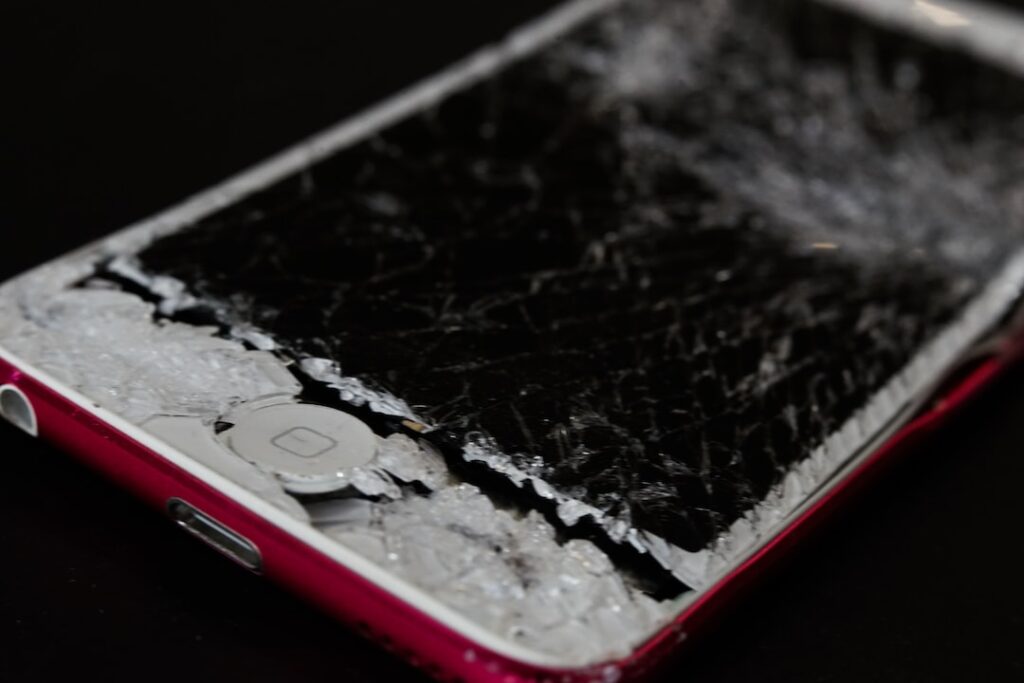How to Treat a Broken Pinky Toe
We’ve all been there – stubbing our pinky toe on the corner of furniture and experiencing that excruciating pain. It’s surprising how such a small toe can cause so much discomfort. But did you know that the pinky toe is actually more important than we give it credit for? According to recent studies, the pinky toe plays a crucial role in maintaining balance and stability while walking. So, if you’ve recently experienced a mishap with your pinky toe, it’s essential to treat it properly to ensure a swift recovery and avoid any long-term complications.
Understanding the Injury
Before we delve into the treatment, it’s important to understand the nature of the injury. A broken pinky toe, also known as a fractured fifth metatarsal, can result from a variety of incidents such as stubbing, dropping something heavy on the foot, or even from certain physical activities. Surprisingly, statistics show that approximately 10-15% of all fractures occur in the foot, with the toes being a common site for such injuries.
Recognizing the Symptoms
How do you know if your pinky toe is broken? Some common symptoms include intense pain, swelling, bruising, and difficulty bearing weight on the foot. In some cases, the toe may also appear deformed. However, it’s crucial to visit a healthcare professional for an accurate diagnosis and to rule out any other potential injuries.
At-Home Treatment
If you’ve confirmed that you have a broken pinky toe, here are some steps you can take to promote healing and alleviate discomfort at home:
Rest and Elevation
– Rest is crucial in the initial stages of the injury. Avoid putting weight on the affected foot as much as possible.
– Elevate your foot to help reduce swelling. This can be done by propping it up on a few pillows while sitting or lying down.
Ice Packs
– Applying ice packs to the injured toe for 15-20 minutes every few hours can help reduce pain and swelling.
Buddy Taping
– Buddy taping involves taping the injured toe to the adjacent toe for support and stability. Make sure not to tape them too tightly, as this can restrict blood flow.
Pain Management
– Over-the-counter pain medication can be taken to manage the discomfort. However, it’s important to follow the recommended dosage.
Seeking Professional Care
While at-home remedies can provide relief, it’s essential to seek professional medical attention, especially if the pain and swelling persist or if the toe appears misaligned. A healthcare provider can provide a thorough assessment and recommend the best course of action based on the severity of the fracture.
Preventative Measures
Once your pinky toe has healed, it’s important to take measures to prevent future injuries. This can include wearing properly fitted shoes that provide adequate support and protection for the toes, being mindful of your surroundings to avoid bumping into furniture or objects, and participating in exercises that strengthen the muscles in the feet and toes.
Applying the Knowledge
Now that you have a better understanding of how to treat a broken pinky toe, it’s important to apply this knowledge should the situation arise. Remember to stay calm, assess the injury, and seek medical attention if necessary. By following the recommended steps for at-home care and staying proactive about your foot health, you can ensure a smoother and speedier recovery.
Summary
In conclusion, a broken pinky toe may seem like a minor injury, but it’s crucial to treat it with care and attention to prevent any long-term implications on your foot health. Understanding the symptoms, providing at-home care, seeking professional help when needed, and taking preventive measures can all contribute to a successful recovery. So, the next time you stub your toe, remember the importance of your pinky toe and take the necessary steps to facilitate healing. Your feet will thank you!











